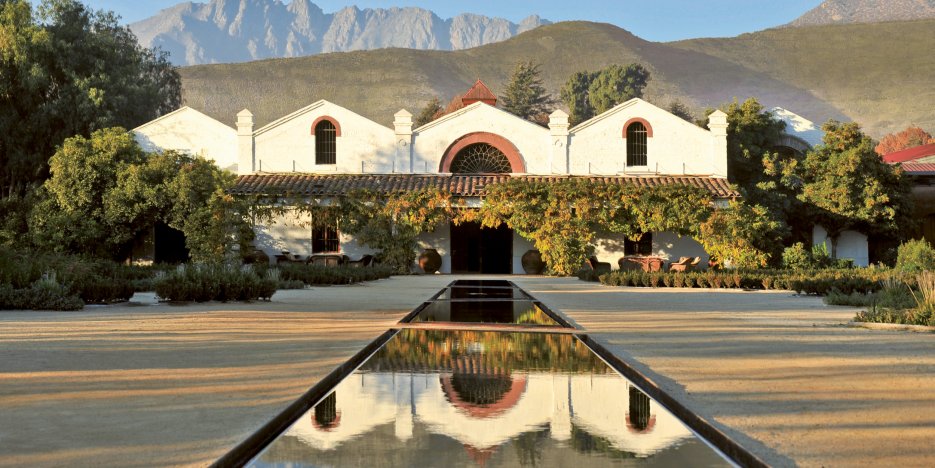

Kai Carmenère 2020 6x75cl
Very deep and intense purple in colour. The nose shows aromas of black fruits and spices such as black pepper and paprika as well as notes of rosemary, black olives, incense and cigar box. The spices appear first, followed by the black fruit along with notes of fresh-roasted coffee and just a hint of dark chocolate. This is an ample and lush wine with good acidity that lends nerve. Very fine tannins caress the palate on a long finish with very good persistence.
Vineyards
The grapes used for KAI were selected from the best blocks of the MAX V vineyard in the Aconcagua Valley, 60 kilometres from the Pacfic Ocean. The region has an extended dry season with moderately warm summer days cooled by gentle evening breezes that blow into the valley from the Pacific Ocean. The MAX V vineyard is situated on an alluvial plain on the southern bank of the Aconcagua River. Because of its proximity to the river and its minimal, relatively unexposed slope, it is cooler than usual for the region. The soil is deep, with clay to clay-loam texture and a high stone content of up to 80%, which ensures excellent drainage. The subsoil, a coarse-grained alluvial terrace of the Aconcagua River, is homogeneous, with abundant, well-rounded stones
Vintage
is was a warm season with very scant precipitation that generated serious drought conditions in the valley. e yields were normal, however, and produced grapes with good concentration and well-ripened tannins, primarily thanks to a subterranean supply of water. e winter was extremely dry in our vineyards, with just 43 millimetres of precipitation, which represents a 70% decit with respect to the historic average of 148 millimetres. As a result, we were forced to seek out alternative forms of irrigation throughout the entire winter. e spring began by accumulating a15–20% higher heat summation during the months of October and November, although that did not aect bud break, which occurred around September 20. Flowering, on the other hand, was advanced by 5 to 7 days, around November 6. e season’s warm trend continued through the months of December and January and accumulated 13% and 7% more heat summation, respectively, moving veraison forward by 10 days. e months close to the harvest were equally warm, with an additional 5% and 7% of heat summation, respectively, in the two vineyards, and as a result, the harvest date was moved forward by at least 15 days. Yields were within the expected ranges for the MAX V icon blocks, which produced 5 tons/hectare of Cabernet Sauvignon and 6 ton/hectare of Carmenere. MAX I yielded 8 tons/hectare of Cabernet Sauvignon. is advance in the physiological processes of the vines caused the phenolic maturity to lag behind the physiological maturity and forced us to be very precise in dening the harvest date. anks to good vineyard management and proper adaptations in the winery, we were able to obtain very fresh wines with the proper extraction of colour and tannins.
Winemaking
The month of January, however, was quite unusual, with a heat summation that was 7.9% lower than average, delaying veraison by 7 days for Cabernet Sauvignon and 14 days for Carmenere. Temperatures picked up in February with a heat summation that was 6.2% higher than the historic average, and finally, March was 6.6% colder. The harvest took place 10 days earlier in Cabernet Sauvignon, due to yields that were 15% lower than expected, while Carmenere was harvested on its historic date, April 30th, with 38% more fruit than anticipated.


